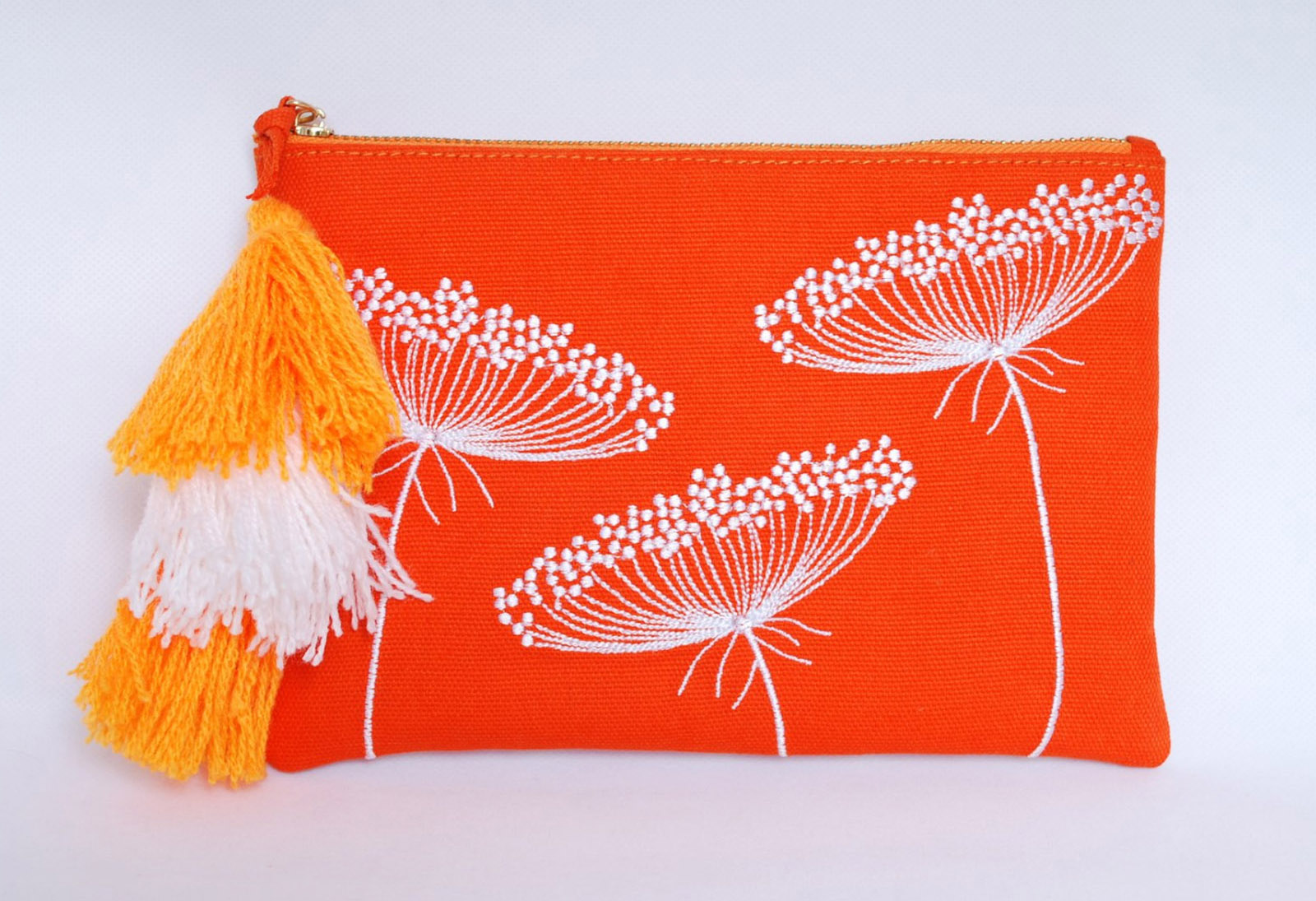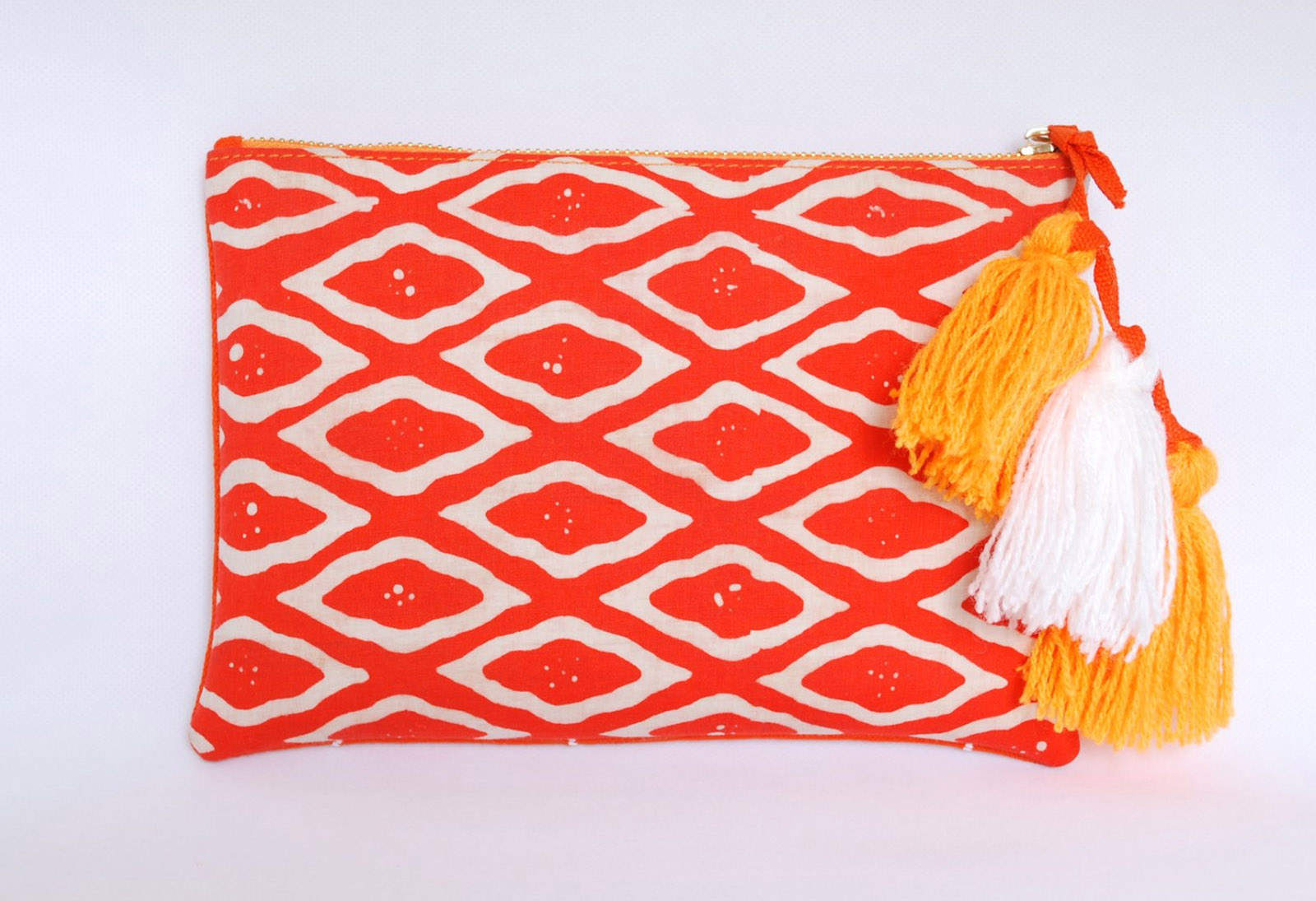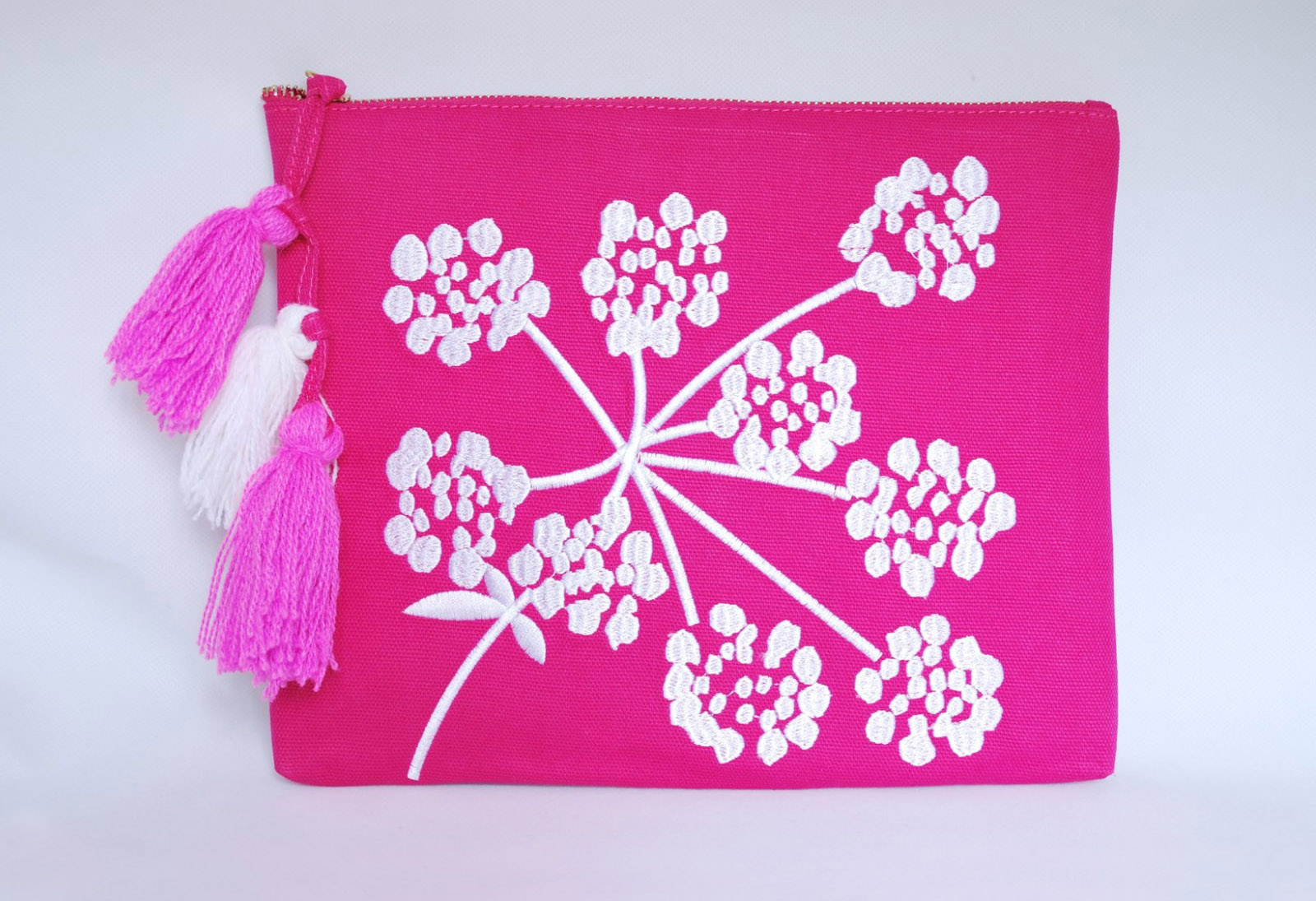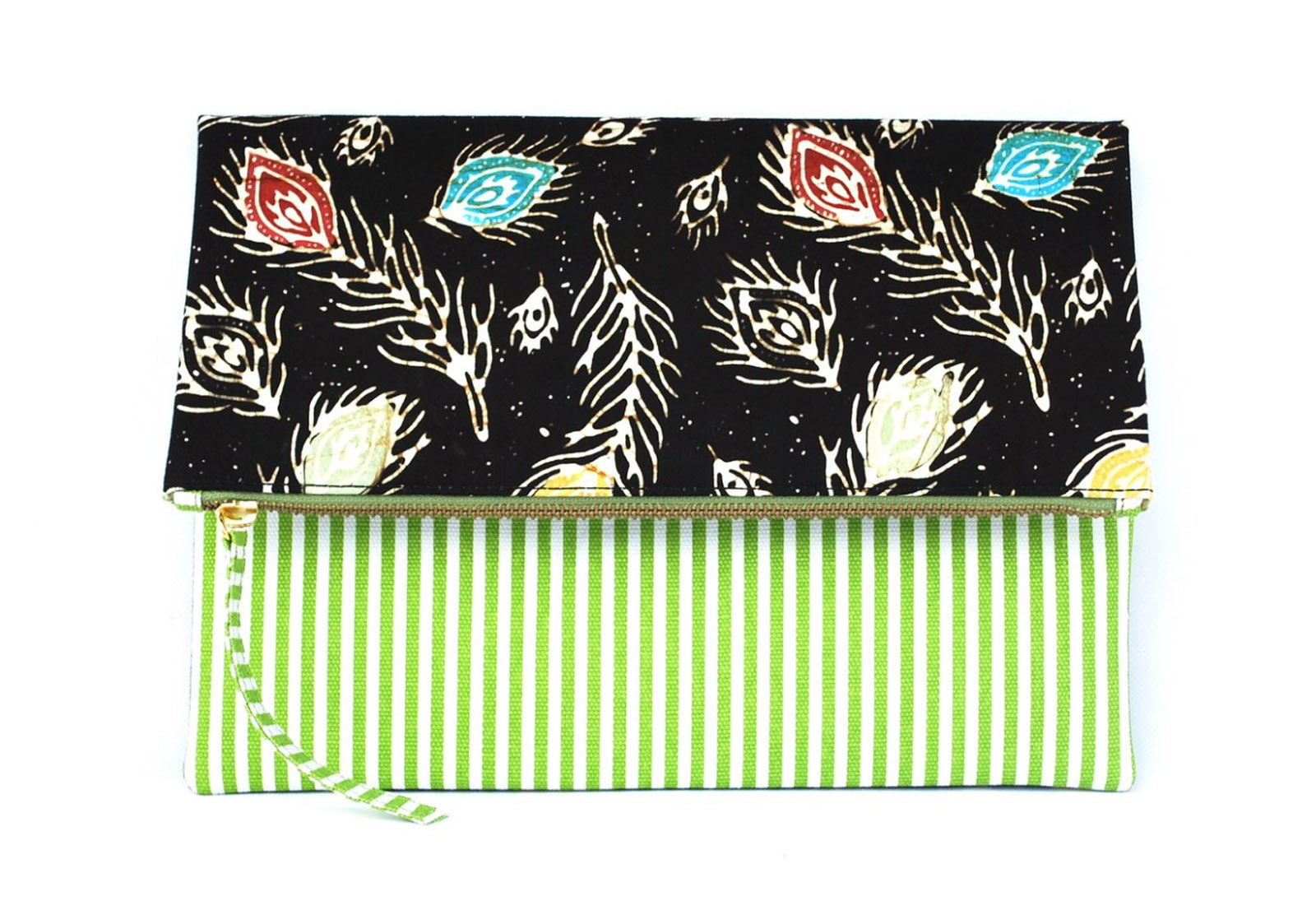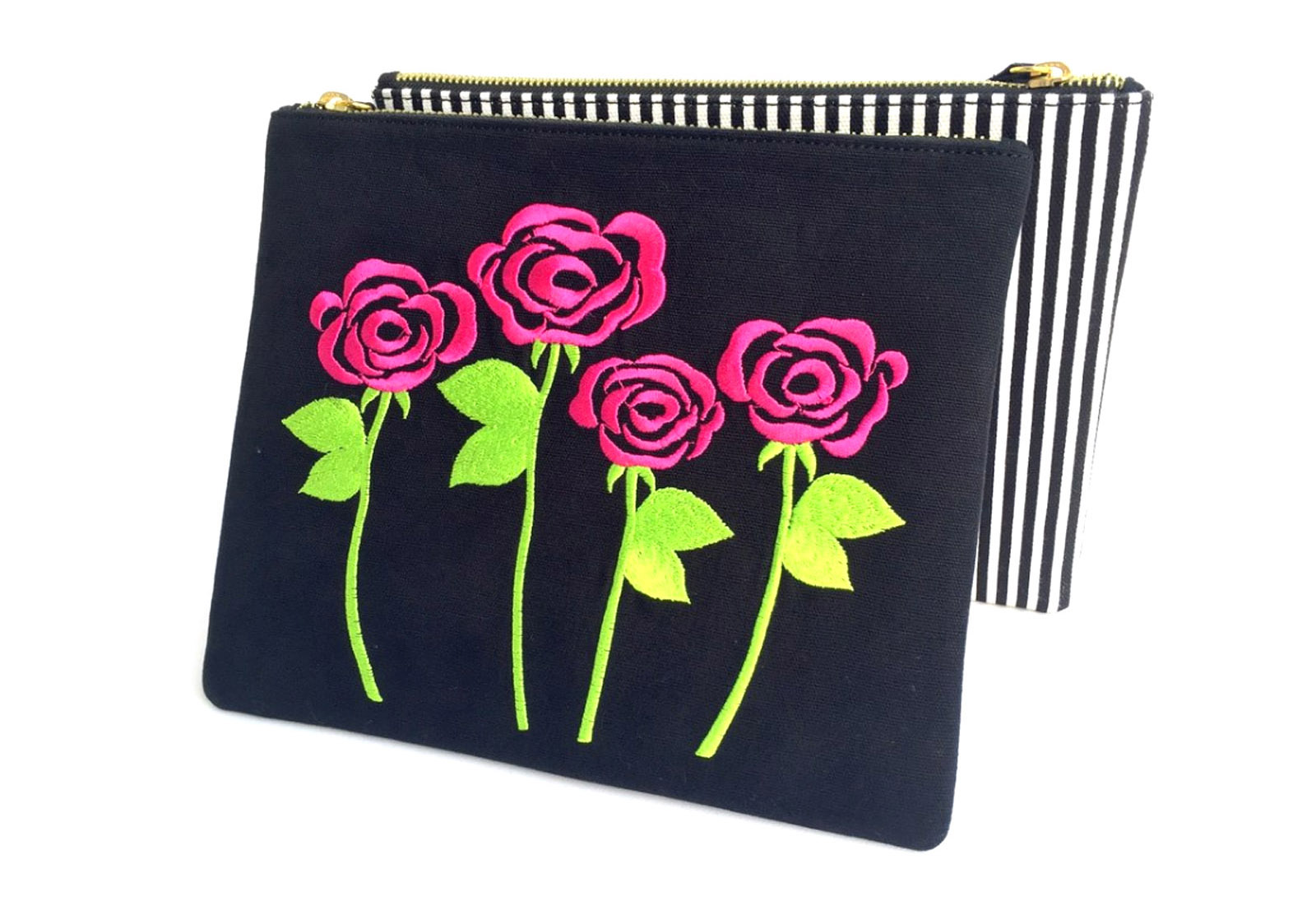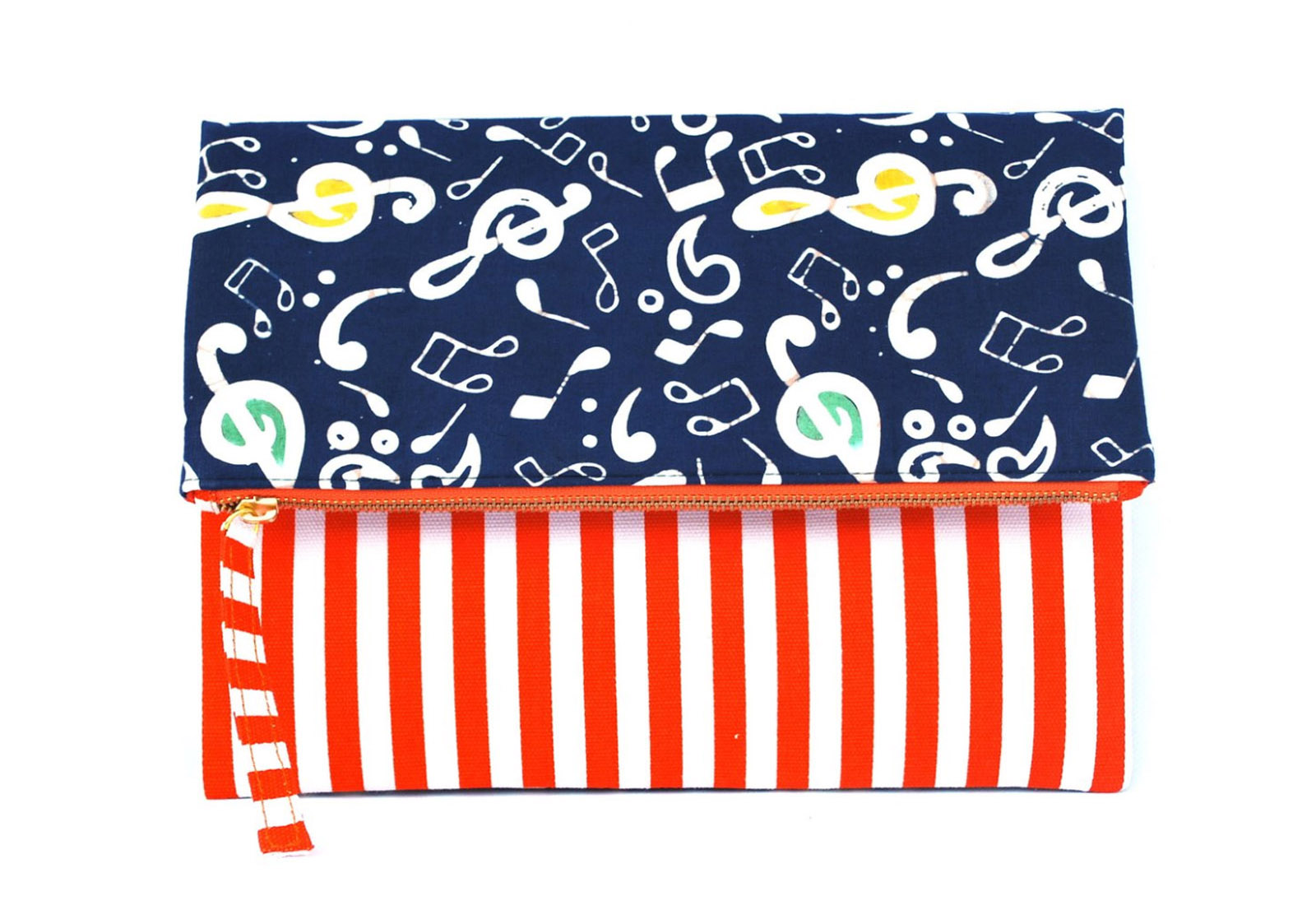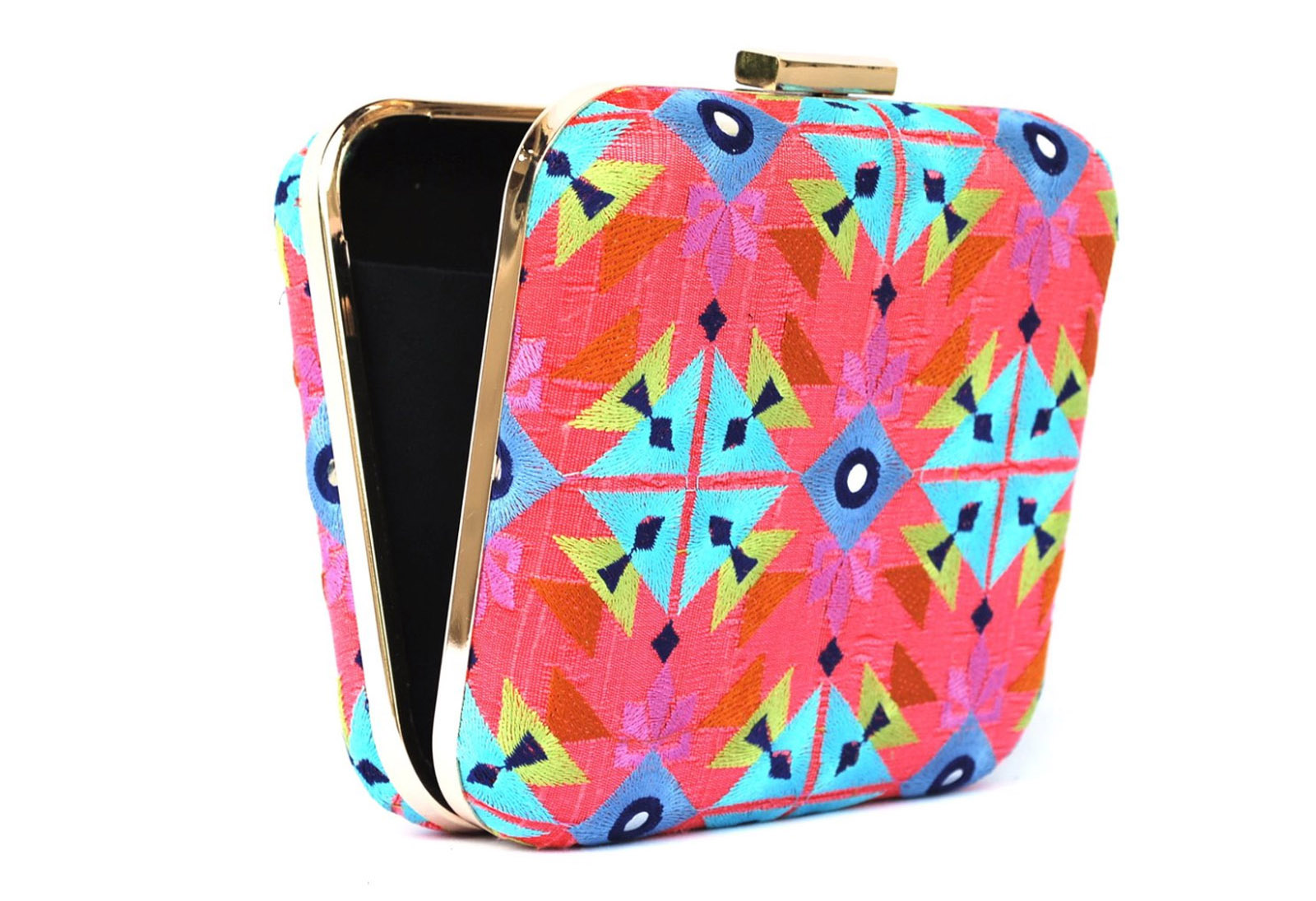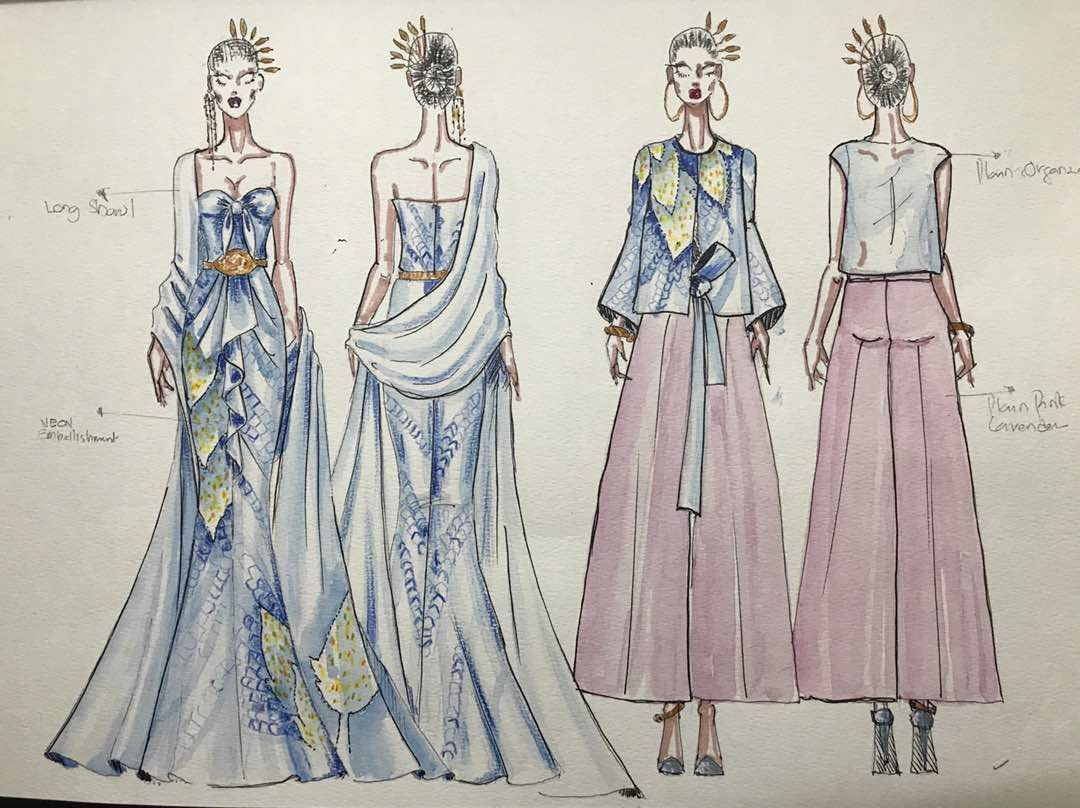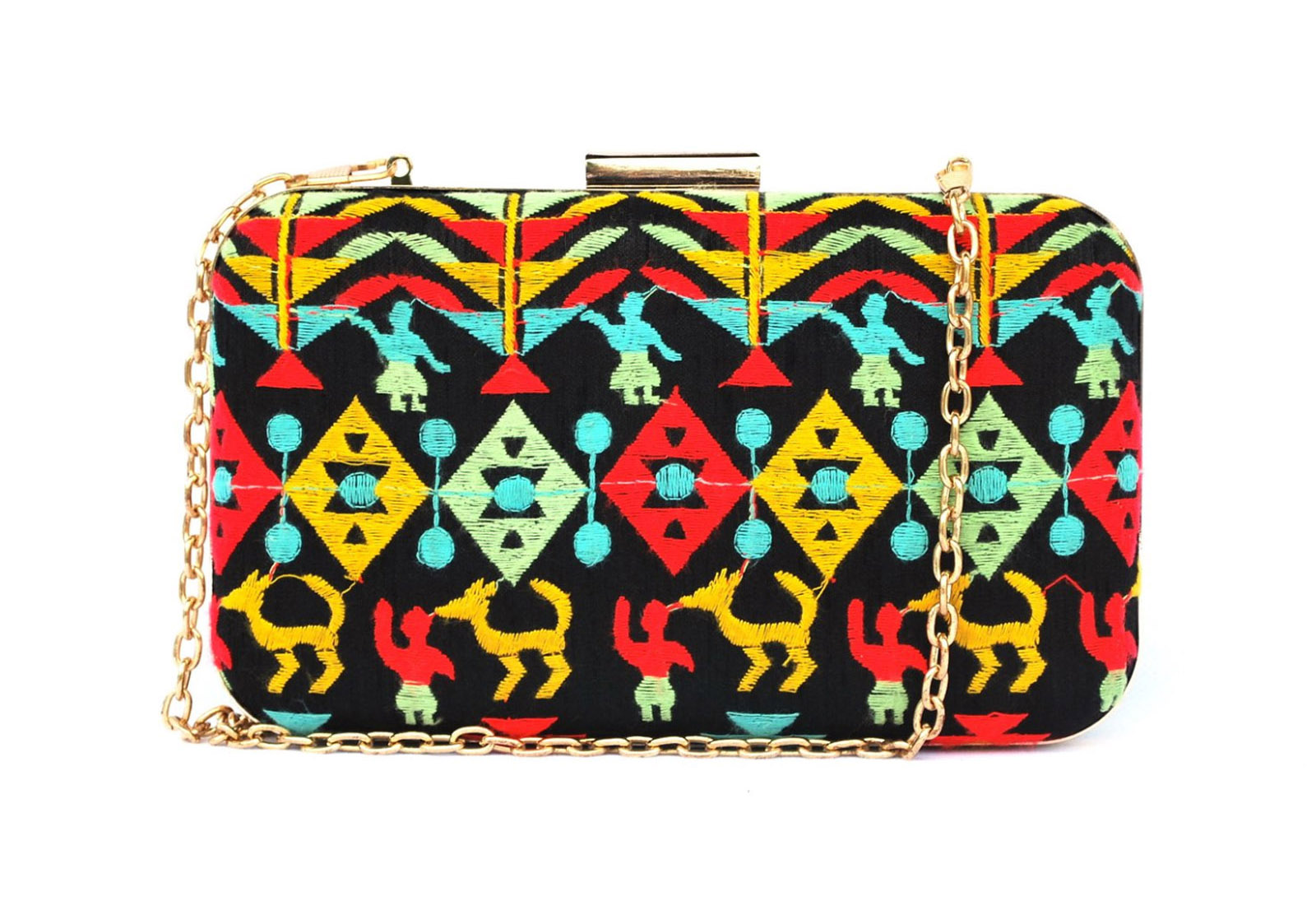New fashion companies are being opened in Malaysia day after day. This fact demonstrates both the willingness of people to work for beauty and an increase in demand for fashion products by the country’s population.
That’s why I wanted to talk to the young designers that are cultivating the fashion world of that region.
My first interlocutor is one of designers of the «Meraki» company – an atelier that opened just two months ago.
Ingrid: Tell me about your company please.
Meraki representative: Meraki is a brand new company – it just launched, but there are five professional designers in our team.
Ingrid: What does the name Meraki mean?
Meraki representative: It doesn’t have one set meaning. We love that this word has different meanings in different languages, and yet all of them are positive. For example, in Greek this word means “authentic” while in Turkish it means “intelligent”. We do not want to be a brand that excludes anyone. We are creating designs for both the modest market with a casual style that is perfect for everyday usage, and for luxury fashion as well. In fact, I have to noticed that our “street fashion” often has elements of high fashion, and our clients are persons from all levels of income.
Ingrid: What style does your company embody?
Meraki representative: Well, we combine Eastern and Muslim style – we feel that there is a growing interest towards such clothes in Europe as well – with Anime. This combination is interesting not only for young people, but for elder generation also.
Ingrid: So you are targeting the mass market? Has it been successful?
Meraki representative: Yes. For example, we have already participated in the London Modest Fashion Week as well as at other events of that sort.
Ingrid: Does it mean that you can call your brand an international one?
Meraki representative: We hope to be. The name of our new ready-to-wear line illustrates this. MELON – ME is for Meraki and LON for London. The collections under this brand look really international and we plan to show them in New York soon.
Ingrid: What is the reaction of the Western public to Asian fashion trends? Can you compare?
Meraki representative: You know, the European fashion industry has always been influenced by the East. It is the historic tradition, so we do not feel uncomfortable there. The public likes our work. We are looking now to Milan, to Paris, and of course to London again – these places form the center of the world fashion industry, and we seek to take our place on the international stage.
Ingrid: Tell me more about your impressions of London Modest Fashion Week.
Meraki representative: First of all – the people there were very supportive. We had brought our collection of street-wear that targets the young Muslims living in Europe. But native Europeans also met us with great enthusiasm, and and for us this was very inspiring. I think some of them were a little surprised that Malaysia was participating in the world fashion industry.
Another designer of the company joins our talk – her name is Nancy Jullok.
Ingrid: Can we say that Asia now starts to assert its own rules in the world of fashion?
Nancy Jullok: Sure we can. The european fashion tradition has been the leading source of inspiration and creation, but now we can see that Europe draws inspiration from Asia as well – with our traditions, our culture and our fashion as the sum of them. Just look: Guo Pei– the designer from China – is today one of the best known haute-couture fashion designers in the world!
Ingrid: You mentioned China. Do you connect to it somehow in your work?
Nancy Jullok: I was in China a month ago, and I found many eye-opening things about their fashion industry. First – most of the materials used in the world of fashion are produced there. They make their own beads, fabric – fabulous fabric – and these are essential for not only the rise of asian fashion, but for all progress in the fashion world.
Next we spoke to Representative of Hidha shoes, and a shoe designer.
Ingrid: What is the fundamental difference between the shoes you design and those that are typical for European customers?
Representative: Hidha shoes are designed to create a wave in the Muslimah World with an emphasis on comfort, quality and the awrat – the traditional coverage practiced by muslim women. But these shoes are so modern, stylish, and comfortable that we believe that any woman, muslim or otherwise, can wear and love them. Our shoes are decorated with beads, lace or swarovski stones. Most of Hidha shoes are made of synthetic leather or PVC, but some designs include lamb leather along with fabrics that are stretchable and thin. They are designed to be comfortable for everyday wear, as well as styled for both day and night. We wish to bring these shoes to the international market.
Ingrid: What do you think about New York and its place in the world fashion?
Representative: You know – we are trying to make our clothes modest and fashionable at the same time. And New York is the right place to learn how this can be done. New Yorkers are very fashionable no matter the situation – at work, in the street, or at a party. At the same time New York is a huge melting pot of many different cultures and peoples who all share and add to the wonderful heights of New York fashion.
Ingrid: What style do try to emulate in your designs?
Representative: We are looking for our own style. And we do not just want to make clothes like the baju kurung, the malaysian traditional costume – our plan is to become a large, international and all encompassing company like H&M or UNIQLO. That’s why our work includes both – personal work with client and ready-to-wear clothes production. Currently we have two brands, and a team of designers working towards this goal.
Ingrid: Do you try to produce at least two collections a year – for summer and for winter? Generally, this is the practice of European Designers, and I am wondering if you do the same.
Representative: Since we started joining European fashion shows, we started preparing things for two seasons. We want our designs to be useful in all seasons.
Representatives of the Bujins Gallery, and Kiran Prakash from ELEVATE joined us to answer questions about the promotion and marketing.
Ingrid: Tell us, please, about your brand conception.
Representative: Batik through and through. Batik is a special process for dying cloth. As our tagline states, we are passionate about the art of batik making. It is a cultural representation of Malaysia’s kaleidoscopic society that we value very much. Our batik-making process requires intricacy, creativity, passion and determination as everything is hand-drawn from scratch. Bujins Academy is the platform by which we give back to our society by partnering up with universities, community colleges, local organizations and even individuals to teach batik making skills. Through this initiative, this cultural art is preserved. Not only that, we are able to help individuals make a living through their skills. Students of Bujins Academy have also won several Piala Seri Endon competitions, a prestigious award that celebrates the art of batik. We wish to grow this art and bring it to the world.
Ingrid: Does an international network help you realize your plans? To promote and get support?
Representative: Yes, in the last five years social media has made a huge impact on the fashion industry. We promote our brands on Facebook and Instagram widely. This has had a great impact on our brands and introduced our art to people all over the world. People find it interesting, and although it is an old tradition for us, for them it is brand new and interesting. Often times we work with people who are famous online, and they help advertise us on their pages.
Ingrid: Tell me about the conception of your company, ELEVATE?
Representative from Kiran Prakash ELEVATE: ELEVATE is Malaysian. We make and market handmade ladies clutches. ELEVATE products are handmade by skilled artisans under the direction of Ms. Kiran Tuljaram -Prakash. Kiran designs and carefully selects colours & fabrics. Fabrics such as batik, raw silk and hand-weaves are used to make ELEVATE products. We also use lots of embroidery in our products.
Great emphasis is put on build and quality of the products. The lack of a variety of clutches in Malaysia motivated Kiran to co-found ELEVATE.
ELEVATE clutches are versatile. Some of our clutches can be worn day and night – casually (using the cross body option) or clutched elegantly in an evening out. We want our clutches to be conversational pieces when carried. They pop. They stand out.
For the New York runway, a new exciting range will be revealed. New designs & colours.
Our products are currently sold online at elevateshine.com and at Robinsons, the Gardens, Kuala Lumpur. We use social media platforms such as Facebook & Instagram to advertise our clutches and to create awareness of our brand.
Adli Afandi then joins the conversation.
Ingrid: Are there any international designers you follow?
Adli Afandi: Here we often follow Sculi Hedgehog from New York, Meda Pudri from France, Jegga Norse from France etc. It is very important to study using top examples that are close to your own understanding of style and fashion. So we look after them and their trends.
Ingrid: Are you preparing your company for participation in the world fashion movement. What are the main difficulties you have met?
Adli Afandi: It’s a hard thing to start something new. Usually our designers participate in shows in China, in Dubai, in London. But it costs a lot to cross the Ocean and participate in fashion shows in New York. One needs to look for sponsors and investors. And you can never know what you will meet in these places and whether your new contacts will allow you to get the payback. So after you solve the initial problems of forming your creative team, you have to make the next step and gain financial stability and growth. That is the only way to work all around the globe.
Ingrid: Can you tell us, what is your main hope?
Adli Afandi: I just hope that when our designs come to non-Indigenous people wearing Indigenous designs, they appreciate the history behind the garments and accessories. We want them to appreciate what we value in these traditions, but also to enjoy wearing them.

